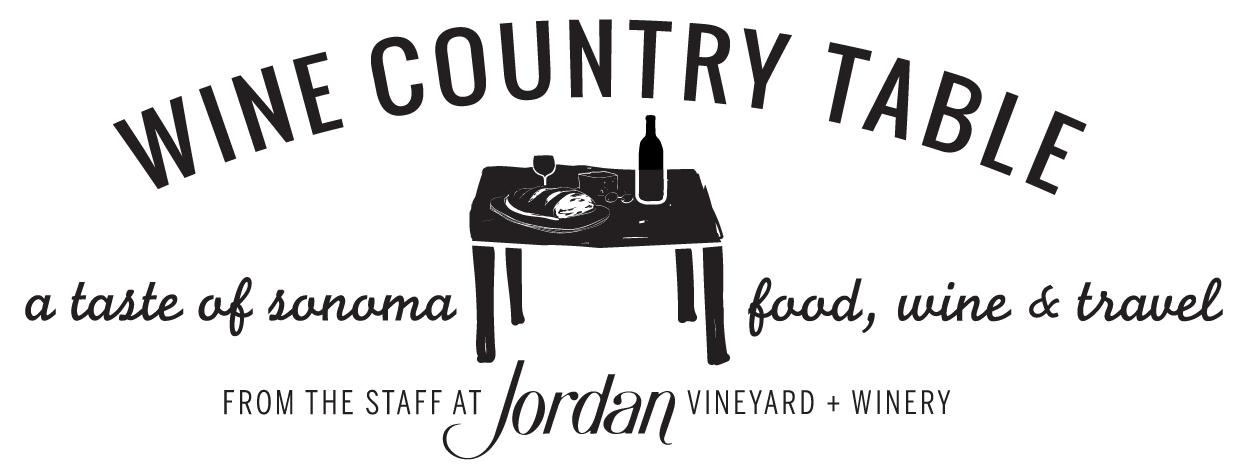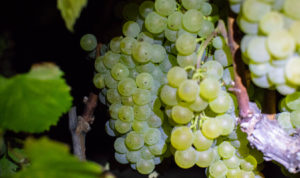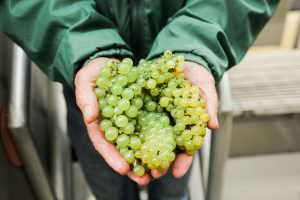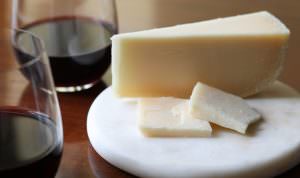Video: How Wine Barrels Are Made
A look at the old-world craft of hand-making oak barrels for wine
Every winter, new French and American oak barrels are crafted and delivered to wineries across Napa and Sonoma for aging their newborn vintages. On many occasions, we’ve traveled over the mountains to Nadalié cooperage in Calistoga, one of Jordan Winery’s barrel makers, to watch how wine barrels are made. This video shows the making of American oak barrels in action, as explained by former cellar master Pat Fallon. (Nadalié is a French company that specializes in French oak barrels, but also makes them from American oak in a small factory in Napa Valley.) Nadalié preserves many hands-on, old-world techniques when making oak barrels. Since the 2015 vintage, Jordan no longer uses American oak barrels for aging and now uses 100% French oak. Learn more about why we made the switch here.
Video Transcription
In order to ensure that we’re getting the best oak we really can for Jordan wines, Rob Davis actually travels to France and visits the forest and attends the auctions where the logs are actually auctioned off. And he bids for logs and then has one of our Cooper’s create barrels from the logs that he’s purchased. And we tend to source from eight to nine different cooperages. One of the reasons is that it gives us a variety of flavors that leads to complexity in the wine. But also, we tend to embrace the Cooperages that utilize older old techniques and have been at it for a while, and they tend to give us year in and year out what we’re looking for.
When I get the message that the Nadalie cooperage in Calistoga is producing our barrels, I like to go over and actually observe the production of our barrels kind of get an idea of the continuity, quality of construction, and the consistency of the toasts levels and just really get an idea of what to expect when the barrels arrive Several weeks later. Before the wick can be constructed into a barrel. It’s essential that it is seasoned for two to three years before it meets the cooperage. One of the reasons is that it helps to leach out some of the more raw and recognizably woody flavors, but also allows microbes to access the earlywood of the grain. And what that does is then allow the wind to seep in there and extract those most delicious extra tips that we like the vanilla and so forth.
Once the seasoning is done, the start of construction of a barrel is that the staves are joined and planed. Then they are assembled by the Master Cooper which is called Raising the barrel where the staves are actually held by hand into a hoop in the form of the barrel is constructed as he adds a stave, up to about 30 staves plus or minus every barrel is different by using a pattern of a thick, thin, medium, thick, thin medium so that the stresses are dispersed equally around. Once the barrel is raised, it’s actually in the shape of a flower where there’s a circle on one end and all the stave tips are pointing out towards the other like petals of the flower petals are then formed with a cable drawn in to form the other end of the barrel. Now the barrel is symmetrical on both ends, then the hoops are added. That’s the time that the barrel is then toasted at Nadalie, toasted right over an oak wood fire.
There are many methods of toasting, we happen to like the oak fire, it seems to be slow and purposeful and penetrate the wood in such a way that it develops the flavors we want rather than degrading them, or creating over toasty flavors, caramelization so forth, flavors that might obscure our fruit.
Once the barrel is toasted, that can be rolled out the bunghole drilled and the head started to be shaped and formed, each barrel is ever so slightly different. The head has to be formed for that particular barrel.
Once the barrel is complete, and the heads are fitted, and so forth, it’s sanded and then brought over to the QC department and needs to pass test one: does it hold liquid? And with the wood being a natural product, not all of them do it right away and sometimes they need patching. And then that process basically is pressurizing the barrel with a little bit of warm water in it, looking for the leaks, and then doing another Master Cooper’s job, which is patching green leaks once the QC is effectively finished at the cooperage. That’s when my quality control part starts.
As the barrels arrive here, we check them just initially for the consistency of toast level, but also check them again for their water tightness. Amazingly though, a barrel can be watertight and not wine-tight because the wine is less dense than water. One thing that people don’t really realize is that the barrels really do soak up a significant amount of wine about six bottles worth. One of the things that we noticed is that the very first fill gives a lot of the toasty and new barrel and more a lot more barrel impact components.
The second fill is really my favorite where it delivers more of the vanillin. And to me the most delicious well-balanced flavors. Then the third fails what we use so that we don’t have too much oak flavor. We still want to have the entire vintage barrel age. But the third fill is what we call a neutral fill and we use that for evaluating vineyard boxes and so forth. But it also just allows the wine the elegance of barrel-aging without over-oking.



